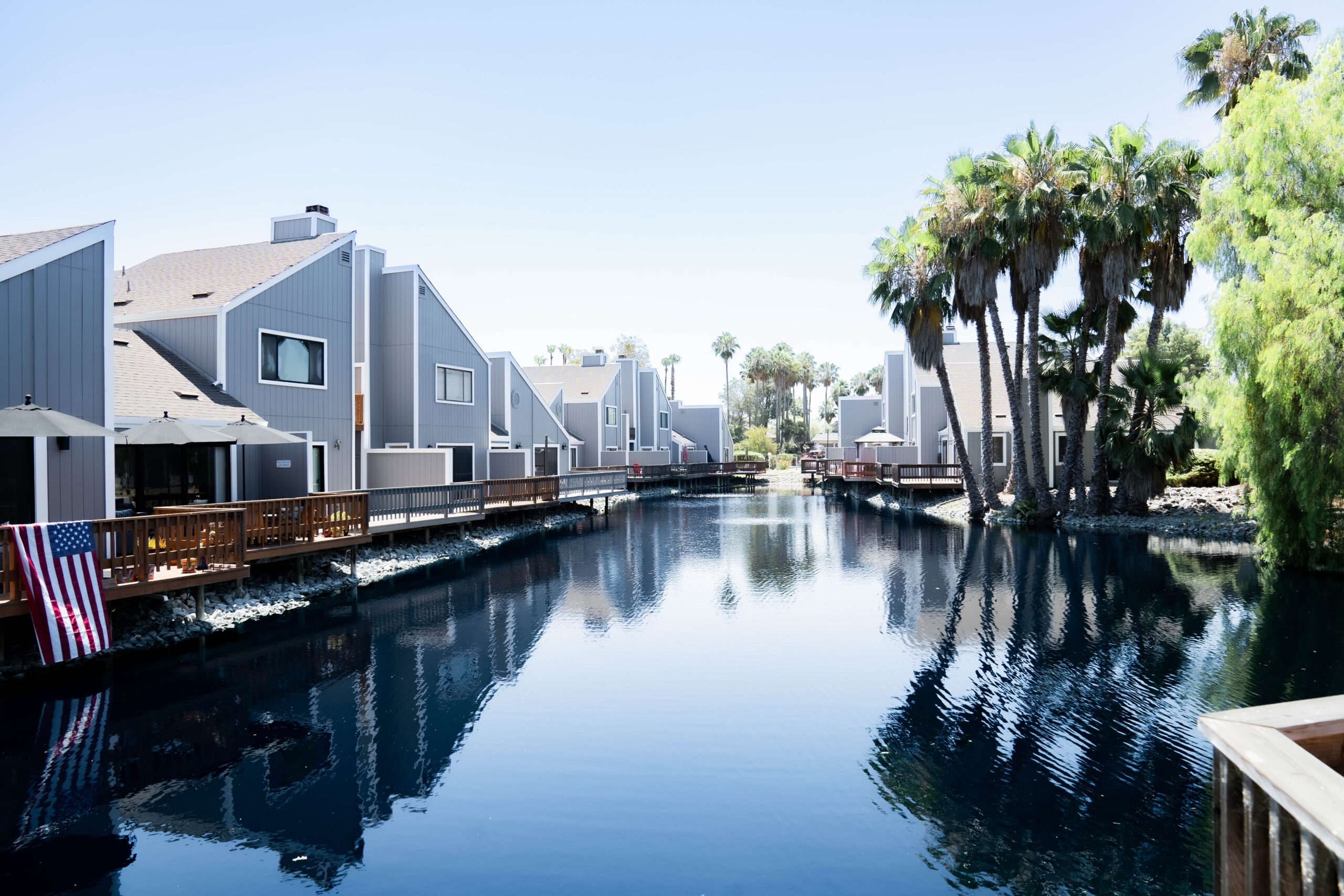Top 6 Accessibility Upgrades to Make Your Home ADA-Compliant
Creating an accessible home not only improves the quality of life for individuals with disabilities but also enhances safety and comfort for everyone.
The Americans with Disabilities Act (ADA) sets guidelines to ensure that spaces are usable for people of all abilities. If you’re considering making your home more accessible, here are the top six upgrades to help you achieve ADA compliance.

Content
1. Widen Doorways
One of the most crucial upgrades for ADA compliance is widening doorways. Standard doors are typically 24 to 36 inches wide, which may not accommodate wheelchairs or mobility aids. By widening doorways to at least 36 inches, you create a more accessible environment.
This simple modification can significantly enhance mobility for individuals using wheelchairs, walkers, or crutches, allowing them to navigate through your home with ease.
Key Considerations:
- Ensure that door handles are easy to operate with one hand.
- Consider installing sliding doors, which can save space and provide wider access.
- Opt for lever handles instead of knobs for easier operation.
2. Install Ramps
For homes with steps, installing ramps is an essential upgrade to ensure accessibility. Ramps provide a smooth transition from one level to another, allowing individuals with mobility challenges to enter and exit the home safely.
When designing a ramp, it’s vital to follow ADA guidelines regarding slope and width. The recommended slope ratio is 1:12, meaning for every inch of height, there should be 12 inches of ramp run.
Key Considerations:
- Choose a durable, non-slip surface for safety.
- Include handrails on both sides of the ramp for additional support.
- Ensure that the ramp is wide enough to accommodate wheelchairs and walkers.
3. Handicap Accessible Bathroom Remodeling
The bathroom can pose significant challenges for individuals with disabilities. Upgrading to a handicap-accessible bathroom can make a world of difference. Key features of an accessible bathroom include:
- Walk-in Showers: Install a walk-in shower with no threshold to eliminate the risk of tripping. Consider grab bars for added safety.
- Comfort Height Toilets: Toilets should be at a height that is easier to access, usually around 17 to 19 inches from the floor.
- Vanity Design: Lower the height of vanities and sinks to accommodate wheelchair users. Ensure that there is enough space for knees to fit underneath.
Handicap accessible bathroom remodeling not only increases safety but also enhances the overall usability of the space, allowing individuals to maintain their independence.
4. Upgrade Flooring
Flooring plays a significant role in accessibility. Selecting the right flooring can reduce the risk of falls and improve navigation for individuals with mobility challenges. Here are some considerations for accessible flooring:
- Non-Slip Surfaces: Choose materials that provide traction, such as textured vinyl, tile, or rubber flooring.
- Level Transitions: Ensure that there are no abrupt changes in flooring levels between rooms. Use transition strips to smooth out the changes.
- Avoid Carpet: While carpet may be comfortable, it can be difficult for wheelchairs and walkers to navigate. Consider hardwood or laminate flooring instead.
5. Improve Lighting
Good lighting is essential for safety and navigation, particularly for individuals with visual impairments. Upgrading your home’s lighting can greatly enhance accessibility. Here are some tips to improve lighting:
- Install Bright, Even Lighting: Use LED fixtures for brighter illumination. Ensure that light levels are consistent throughout the space.
- Motion Sensor Lights: Install motion sensor lighting in hallways, staircases, and entryways to ensure visibility when entering a room.
- Use Contrast: Incorporate contrasting colors between walls, floors, and furniture to help individuals with low vision better distinguish between different areas of the home.
6. Smart Home Technology
Integrating smart home technology can provide additional convenience and safety for individuals with disabilities. Smart devices can help control various aspects of the home, making it easier to navigate and live independently. Here are some smart home upgrades to consider:
- Smart Door Locks: Install keyless entry systems that can be operated via smartphone or keypad.
- Automated Lighting: Use smart bulbs or switches that can be controlled remotely or through voice commands.
- Voice-Activated Assistants: Devices like Amazon Alexa or Google Home can control lighting, appliances, and other home systems, offering convenience at your fingertips.
Conclusion
Making your home ADA-compliant is a meaningful investment in safety, accessibility, and comfort. These upgrades not only help individuals with disabilities but also create a more inclusive environment for everyone.
Consider consulting with professionals who specialize in accessibility renovations to ensure that your home meets all necessary guidelines and standards.

Kurt Avans is a home improvement blogger who strives to improve his life and the lives of others. He provides homeowners with helpful tips on how to renovate their homes. His goal is not only to provide easy-to-follow instructions, but also share his own personal experiences for those seeking guidance.




